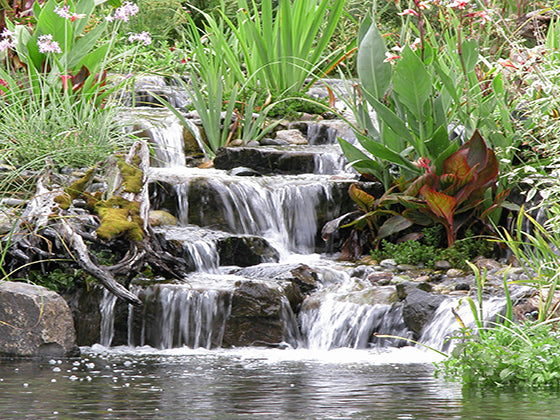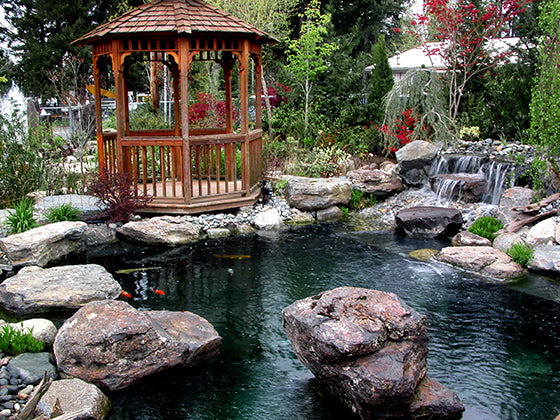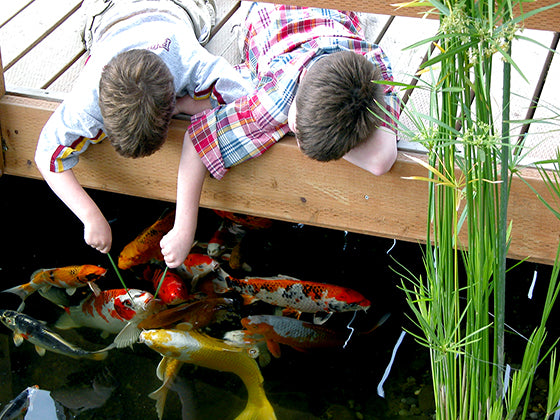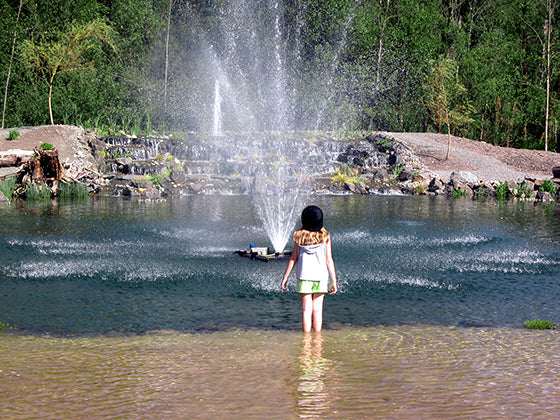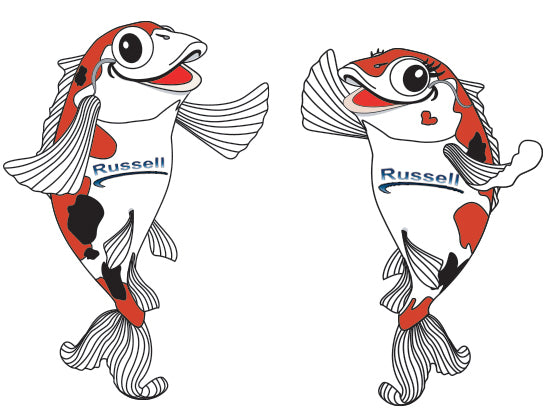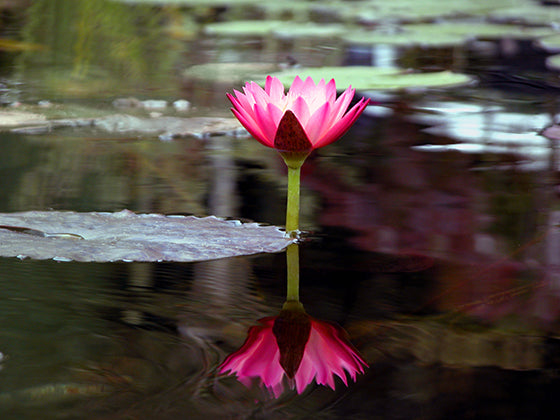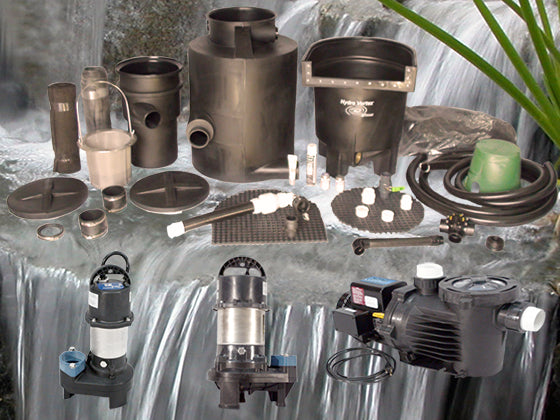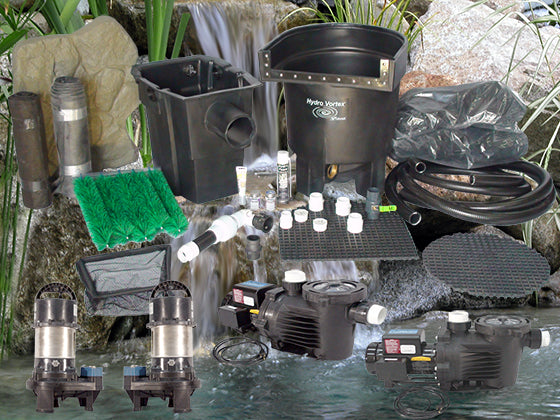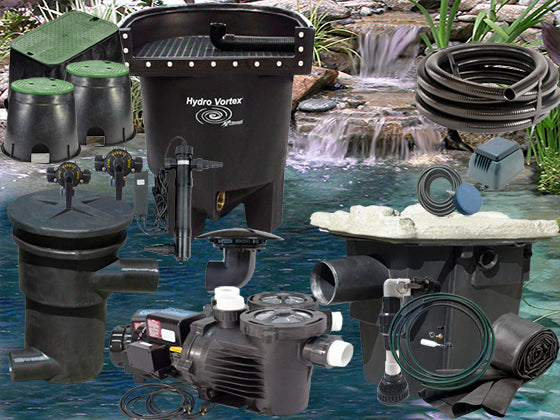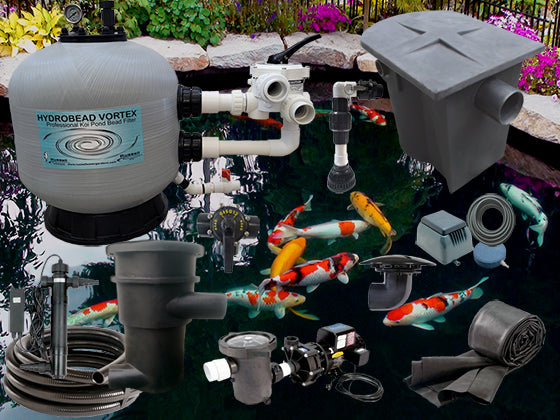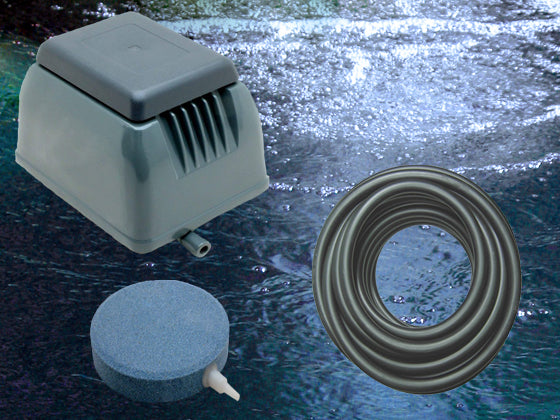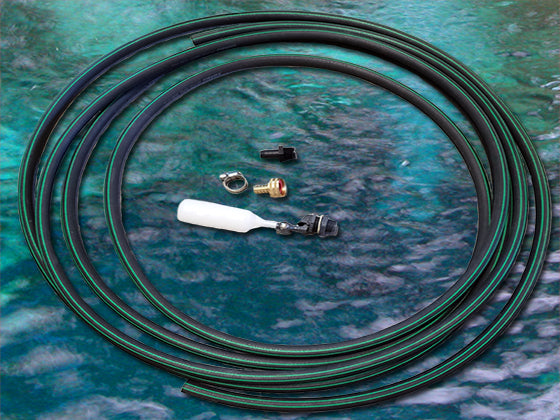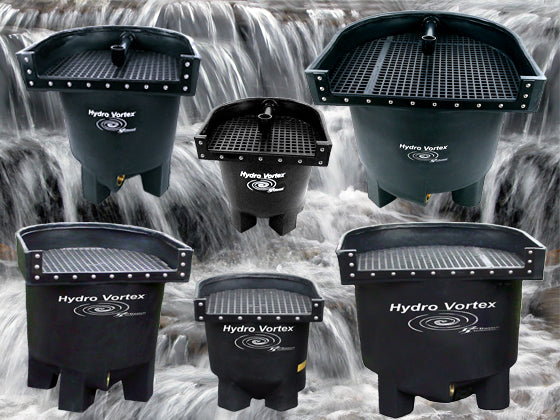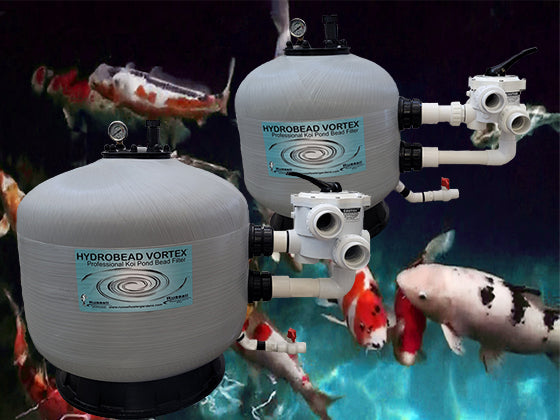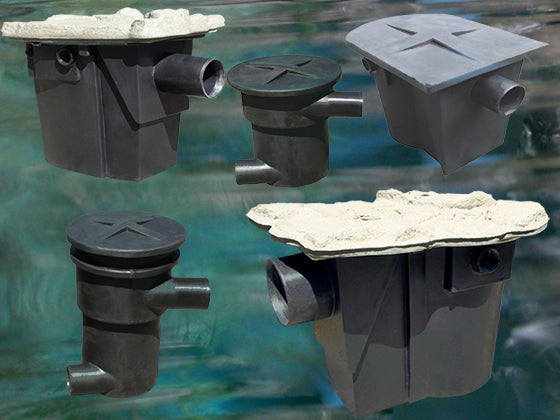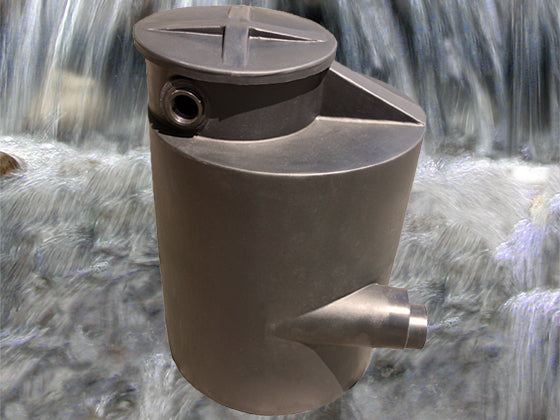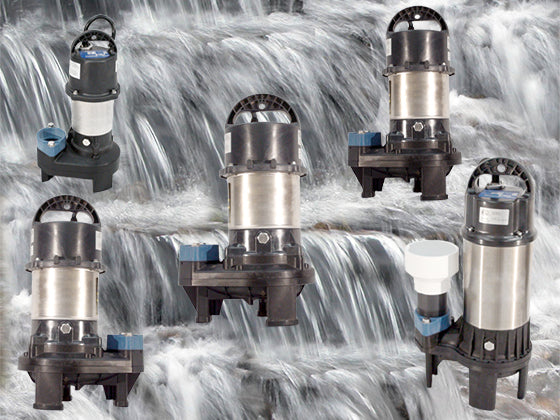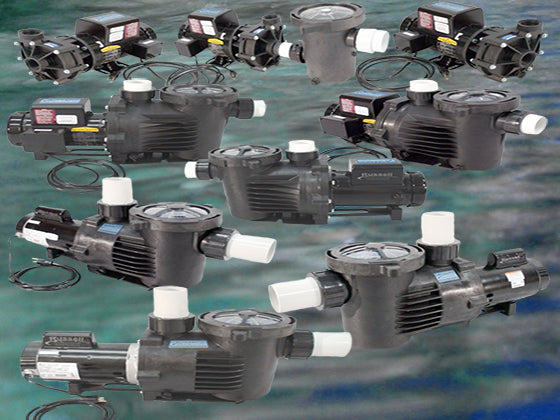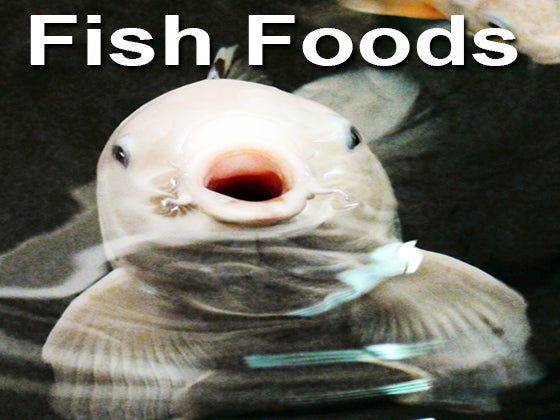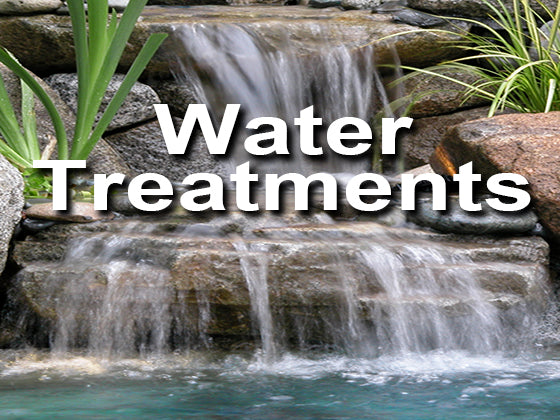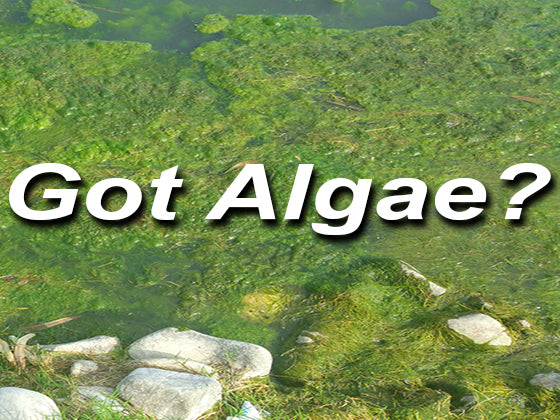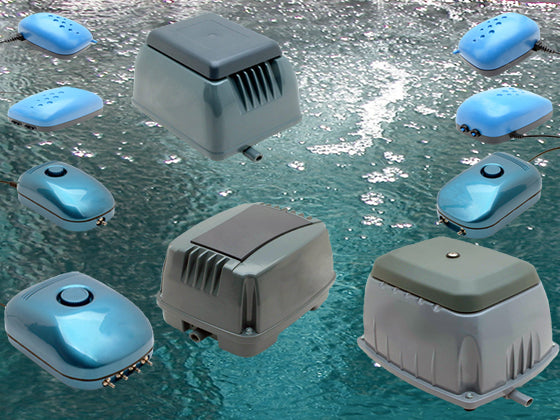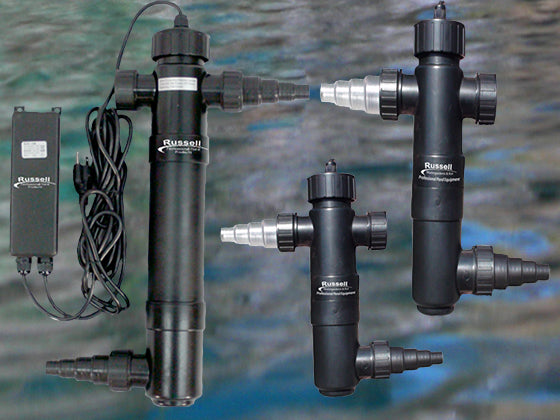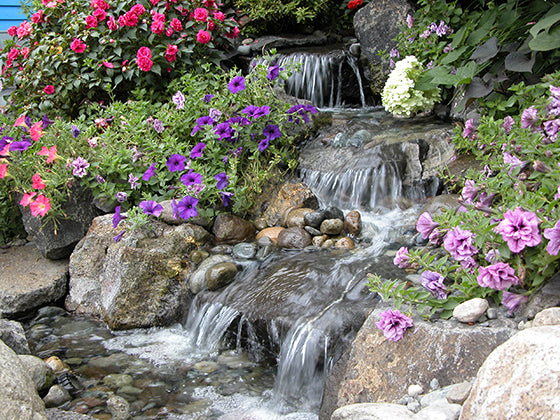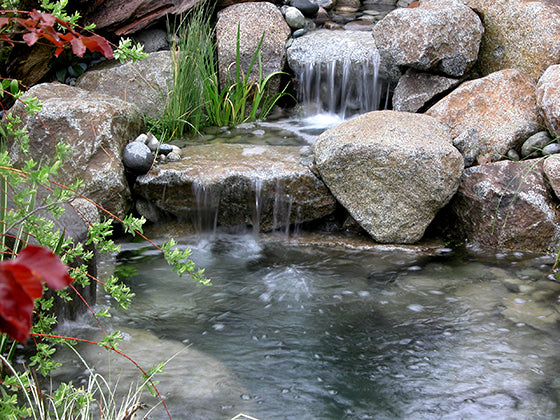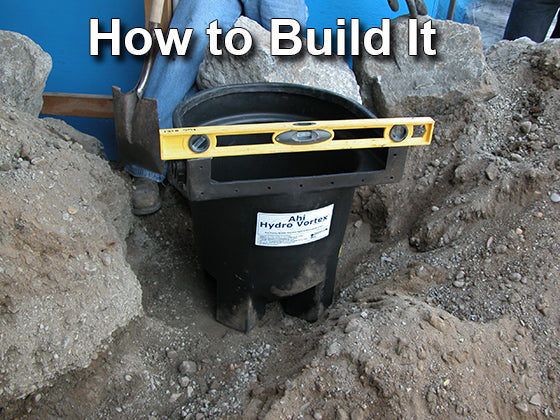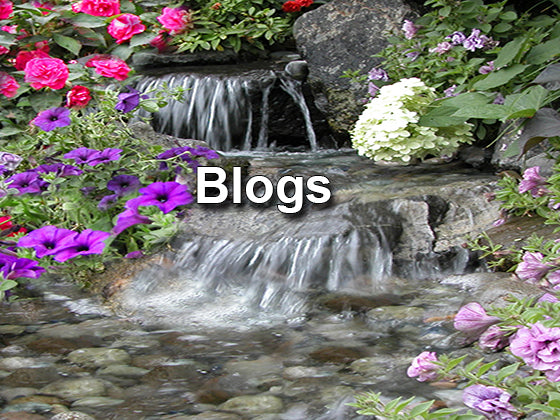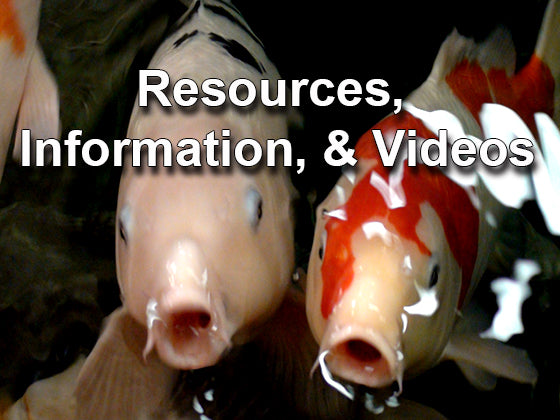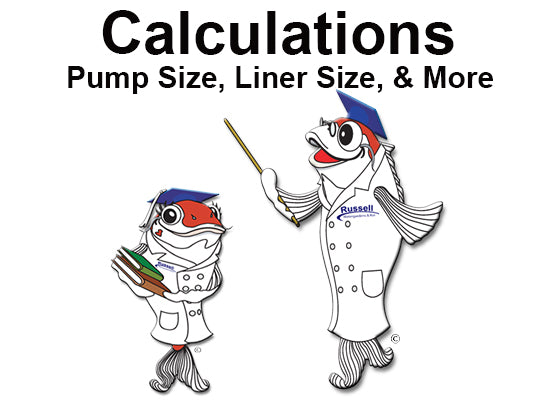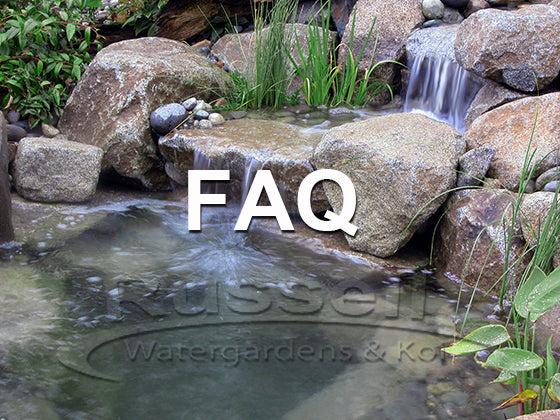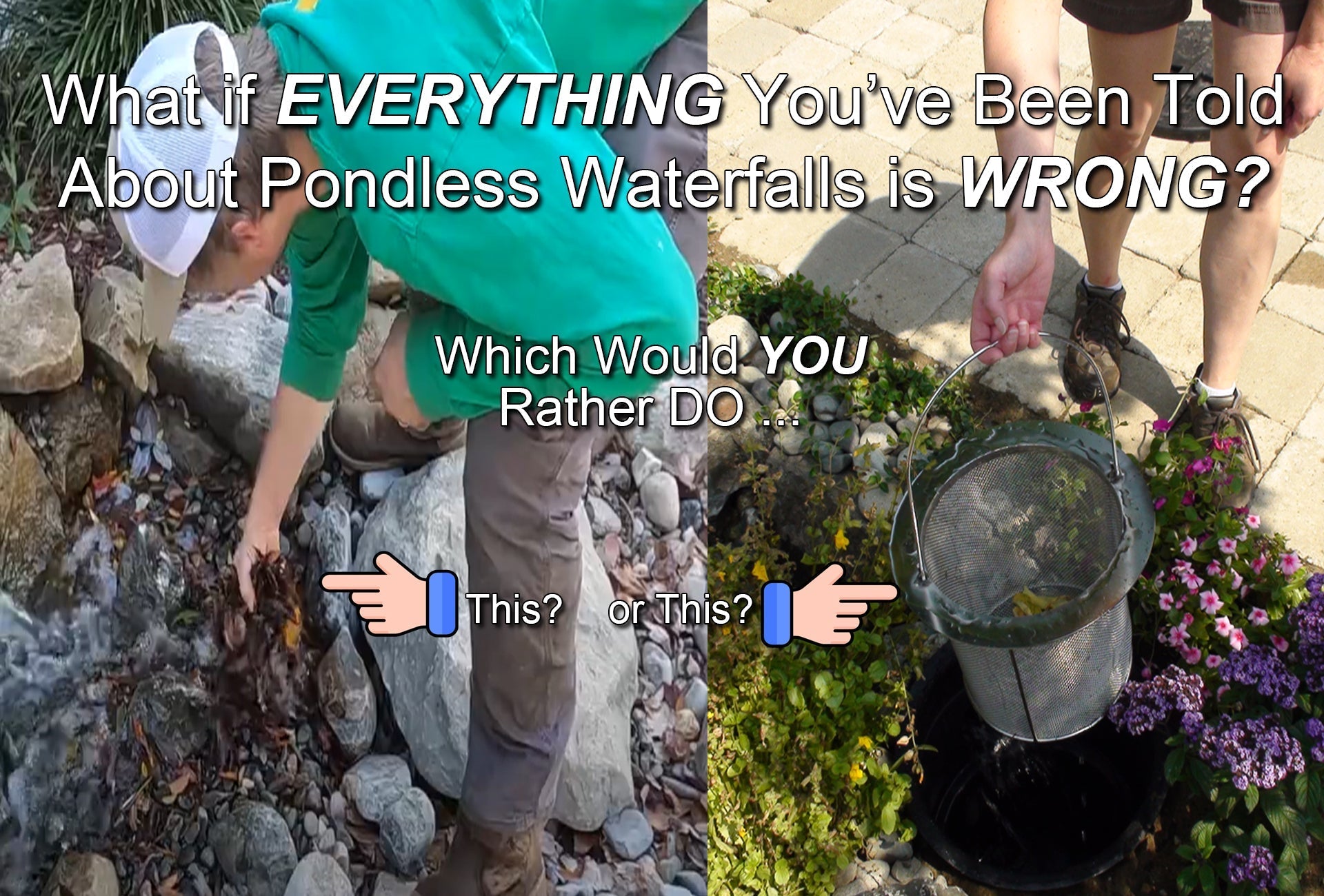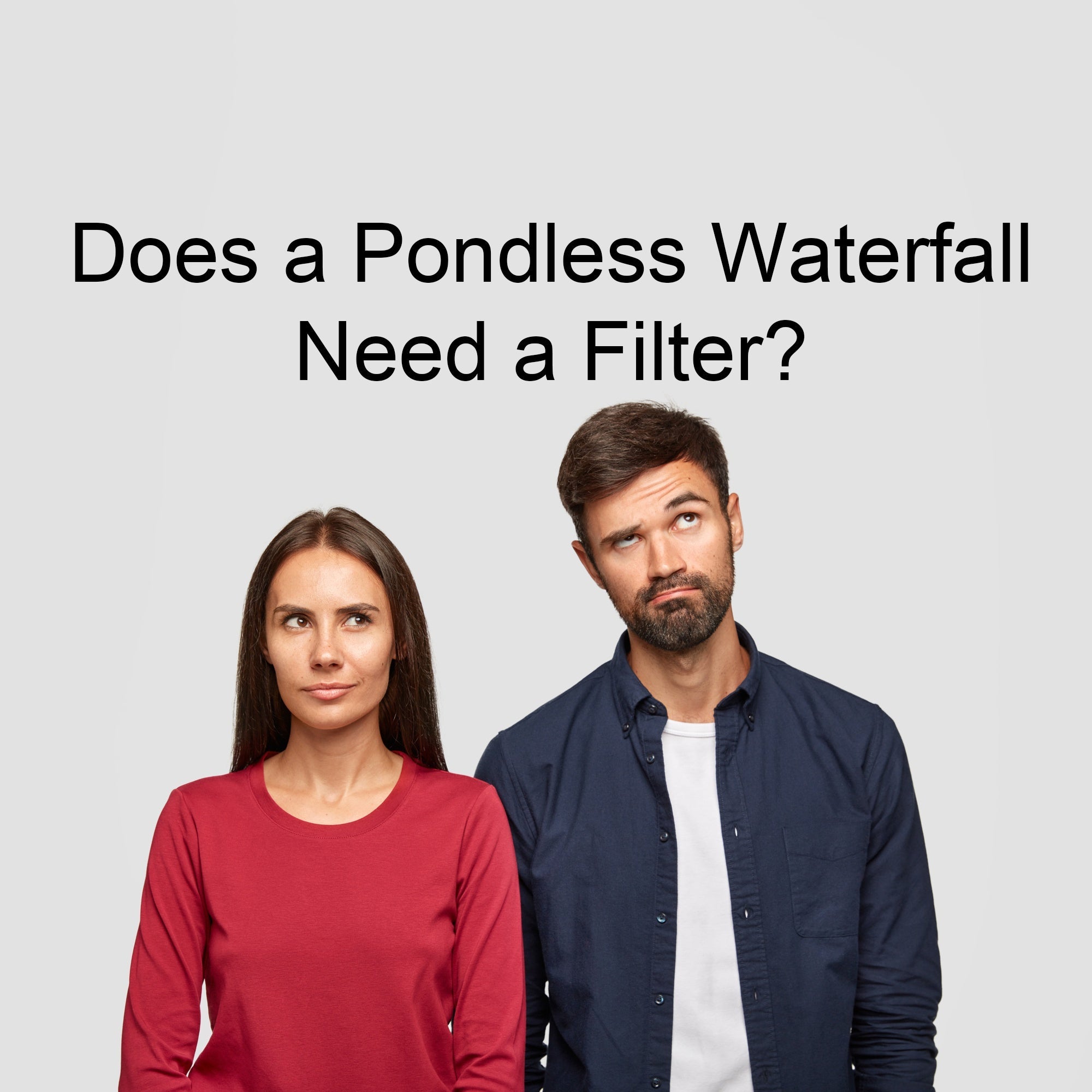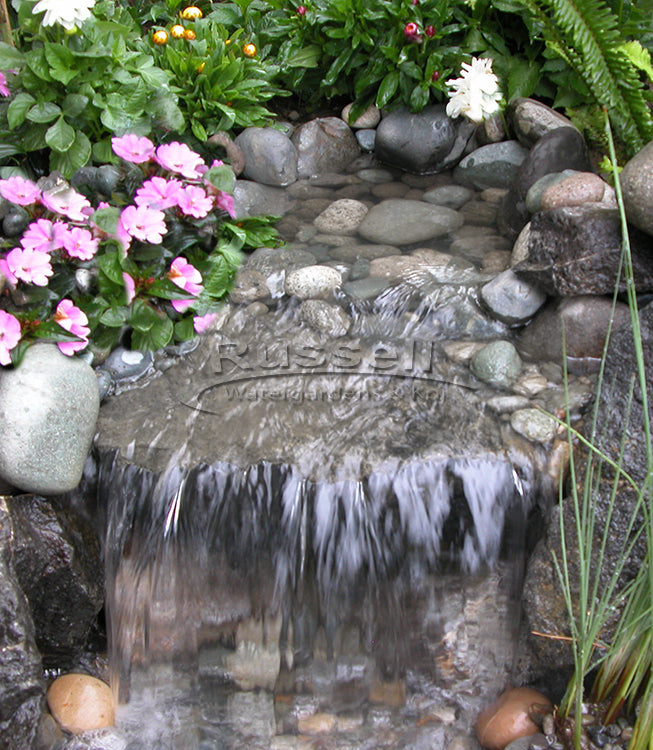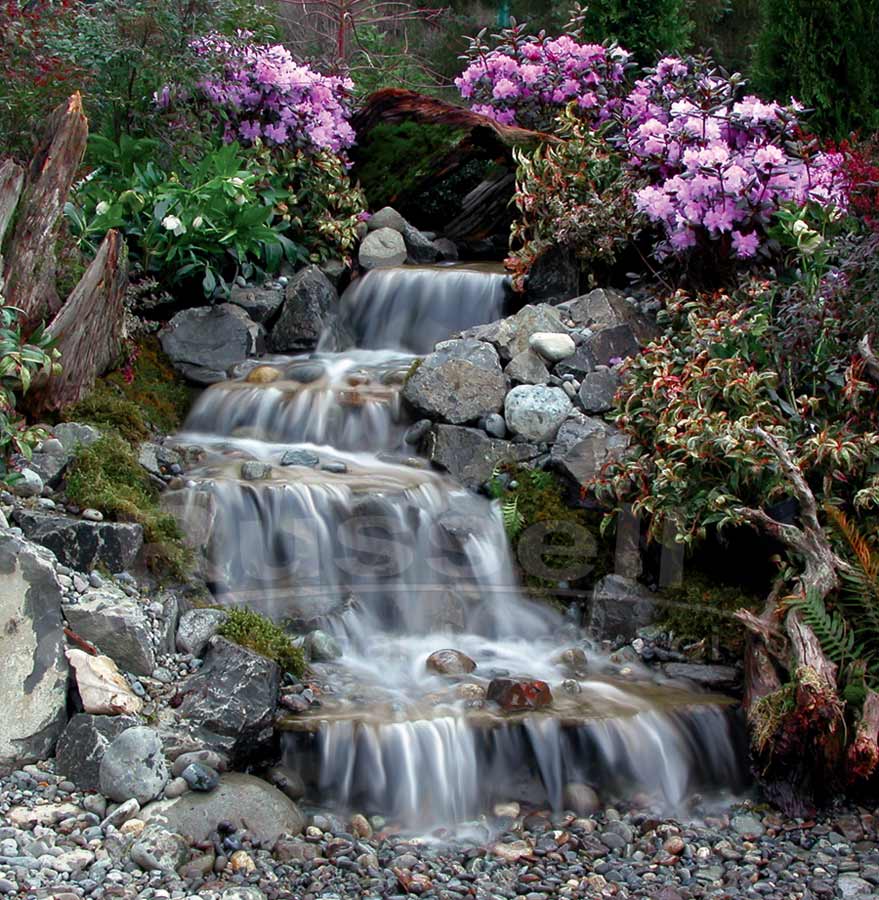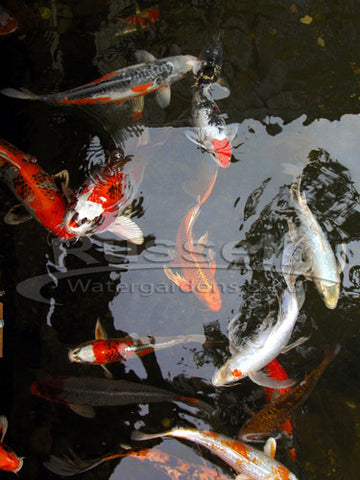
What Kind of Koi do you have in Your Pond?
Look at your koi - what type are they? Find your Koi in the Koi Varieties below. Your Koi might be a mixture - but a mixture of what types? This is the fun part about owing Koi. Familiarize yourself with Koi Varieties below.
There are several basic lineages of koi that are accepted throughout the world. The categories are based upon markings, colors, and/or scale type. Within each category there are a number of subcategories which relate to the way in which colors, scales, or combinations of these are formed in the individual koi.
With so many koi being bred today, quite often a totally unique combination is found, which usually contains features of two or more categories. Therefore, these koi can not be placed into one of the acknowledged lineages. As they have become popular, we may find that as time goes on, some of these unique koi will eventually become consistent enough for their features to form a new category. To help you recognize the differences in your koi, we have listed the basic categories here.
You can use our Glossary of Terms to learn how to pronounce all these Koi terms.

"The Big 3"
a.k.a. "Gosanke": Kohaku, Sanke, and Showa

Kohaku
White bodied koi with red markings.
It has been said that koi keeping begins and ends with the Kohaku. It is the first koi in the "Big 3" classification known as "Gosanke" - which includes Kohaku, Taisho Sanshoku and Showa Sanshoku.
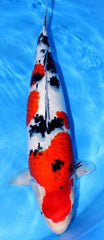
Taisho Sanshoku (Sanke)
A 3-colored koi - white, with red and black markings. The black is relatively spotted over a Kohaku pattern.
Because the variety was created in the era of Taisho in Japan, it is called "Taisho Sanshoku." Also known as "Taisho Sanke" or "Sanke" for short.
It is the second koi in the "Big 3".

Showa Sanshoku
A 3-colored koi. Black with white and red markings.
Showa Sanshoku are koi with a calligraphic black pattern over a Kohaku pattern. It is called Showa because the variety was created in the era of Showa in Japan. Also known as "Showa Sanshoku" or "Showa" for short. It is the third koi in the "Big 3".

Asagi
One of the original types of koi. Blue-gray diamond scale patterned koi with red along the sides and belly and in the fins.
The entire body is indigo or blue. Each scale consists of the netting pattern.

Shusui
A doitsu koi that has light blue bodies with darker blue scales along the dorsal and lateral lines with red patches on their sides.
Shusui is the Doitsu version of Asagi.

Goshiki
Goshiki means "5 colors". The original Goshiki was developed with colors of Taisho Sanke (red, white, black) and Asagi (blue). Today, the name "Goshiki" refers to any koi with a gray Asagi-like net scale pattern overlaid with a Kohaku-like pattern. And "Goshiki Sanke" refers to koi that has black markings of Sanke in addition to Goshiki. Goshiki have Asagi-like black scale reticulation in just the white, or both the white and red patches. Goshiki is identified by red patterns on an Asagi background.
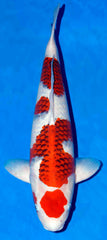
Koromo
Koromo literally means 'robed'. This describes the red pattern outlined in a darker color, which varies with the variety. Also known as Goromo. Similar to Goshiki with roots to Asagi, Kohaku, and Sanke. Unlike the Goshiki, a Koromo only has Asagi-like black scale reticulation in the red patches - none in the white. Koromo is identified by indigo netting pattern on the red plates of Kohaku.
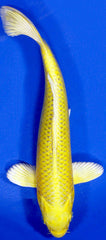

Ogon
Hikarimono Also known as Hikari-Muji Mono, or Ogon for short - is a group of single colored metallic koi. Hikari-Muji indicates varieties that have a solid metallic color such as Ogon or Platinum.

Hikarimoyo
Metallic koi that have more than one color but aren't Showa or Utsuri. Hikarimoyo indicates varieties that have patterns except for black of Utsuri mono on a metallic background such as: Hariwake - Gold pattern on platinum background. Kikusui, which is a Doitsu Hariwake that has stronger red. Yamato Nishiki is a metallic Taisho Sanshoku. Heisei Nishiki are Doitsu metallic Taisho Sanshoku. Kujyaku is a metallic Goshiki.
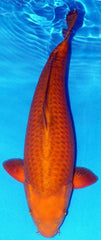
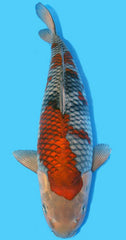


Kawarimono
All non-metallic Koi that do not fall into the other groups. Koi that do not belong to any of the established varieties are categorized as "Kawari mono" at Koi shows. Some examples are Chagoi (Brown or green brown Koi), Ochiba shigure (Koi has brown and gray pattern), Kumonryu, Beni Kumonryu etc.
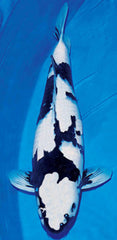

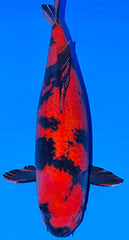
Utsurimono
Utsurimono indicates varieties with calligraphic Sumi (black) pattern over a solid color background such as Shiro Utsuri (white), Hi Utsuri (red), and Ki Utsuri (yellow).



Tancho
Tancho named after the national bird of Japan - the Tancho Crane which has a red spot on the head. There are many types of Tancho including; Tancho Kohaku, Tancho Sanke and Tancho Showa, and others.
Tanchos are identified by a single round red spot on their heads.

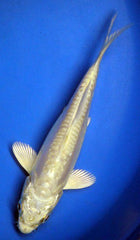
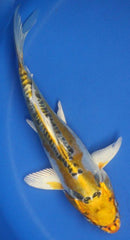

Doitsu
Doitsu are koi that are mostly scaleless. Their only scales are a row of scales on each side of the body and one row down the spine. There are many varieties of koi that have Doitsu versions. Doitsu originated as scaleless food carp in Germany that were cross bred with many Japanese koi.




Ginrin
Ginrin indicates koi varieties that have reflective diamond scales on the entire bodies.

Butterfly
Butterfly koi that have been bred and have extra long fins. They are especially beautiful at night when swimming in a pond with underwater lights. Their large fins reflect light and give them the appearance of "angels" in the water.

